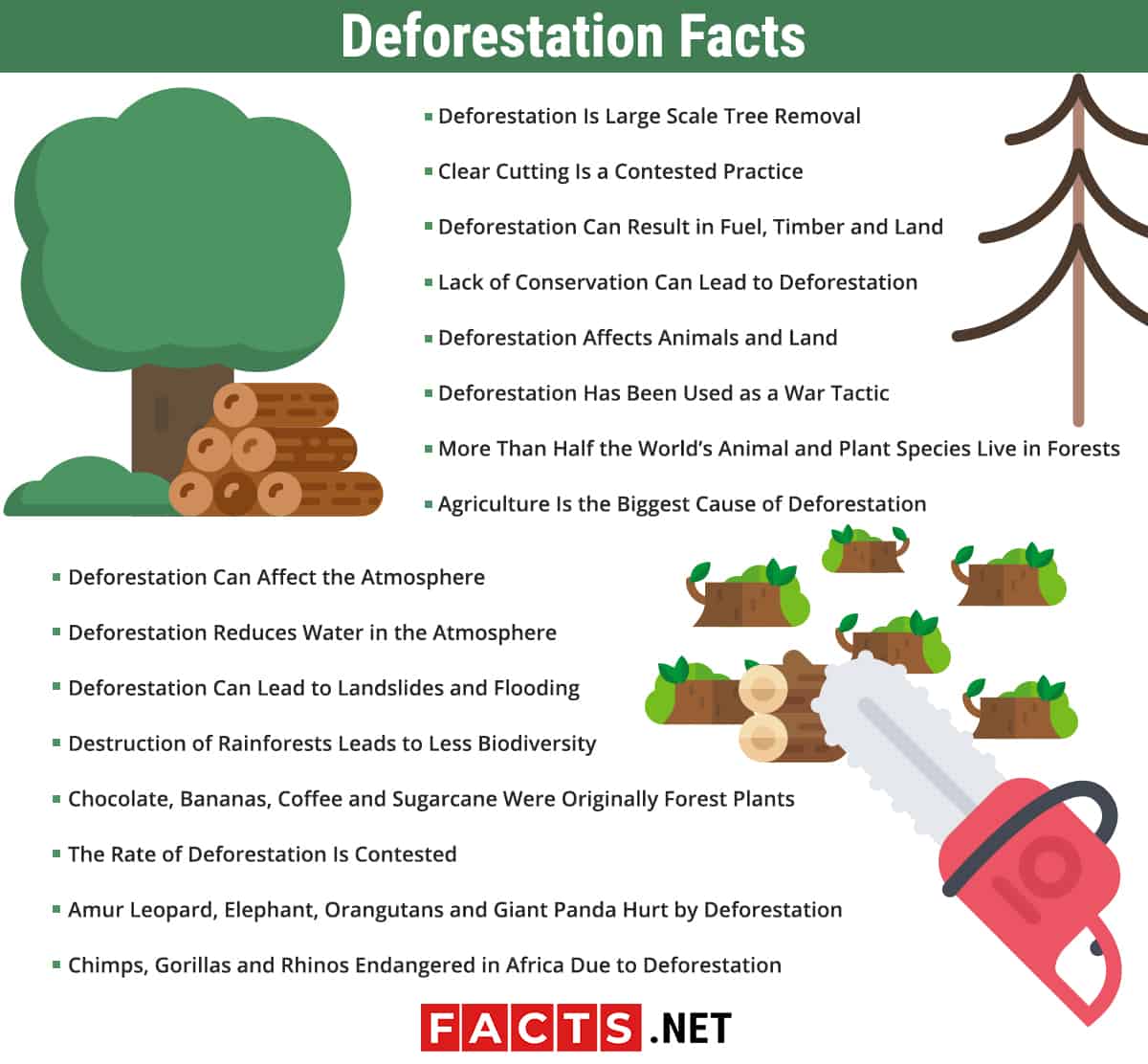What Are Some Causes Of Deforestation
Deforestation happens when forests are cleared of trees, typically for use in farming or other human activities. While there are various causes of deforestation, the most common include logging, mining, and agriculture. The impact of deforestation is severe and ranges from the loss of biodiversity to the release of carbon dioxide into the atmosphere. In this post, we dive into the details of deforestation, its causes, effects, and solutions in Canada.
Causes of Deforestation in Canada
Deforestation in Canada is caused by various activities and industries. Some of the leading causes of deforestation in Canada include logging, urbanization, and agriculture. The logging industry is the largest contributor to deforestation in Canada. It involves the cutting down of trees for use in paper and wood products. Urbanization also leads to deforestation as cities and residential areas expand into forested areas. Agricultural practices like livestock farming and cash cropping require large areas of cleared land, leading to deforestation.

Another significant cause of deforestation in Canada is mining. The mining industry requires large areas of land for mining activities and extracting minerals. The process often involves clearing trees and excavating the soil, leading to deforestation. Climate change is also a contributing factor as warmer temperatures lead to drier forests, making them more susceptible to fires.
Effects of Deforestation in Canada
The effects of deforestation in Canada are far-reaching and severe. One of the most significant effects is the loss of biodiversity. Deforestation destroys habitats for native plant and animal species, leading to their extinction. Additionally, deforestation contributes to climate change as trees absorb carbon dioxide from the atmosphere during photosynthesis. When trees are cleared, carbon dioxide is released into the atmosphere, contributing to global warming. Deforestation also leads to soil erosion, as soil becomes exposed to wind and rain when trees are removed. Soil erosion can cause flooding, landslides, and other natural disasters.

The impact of deforestation on Indigenous peoples is also significant. For Indigenous communities, the forest is not just a place to live but also a central foundation for their cultural, spiritual, and economic livelihoods. When the forest is destroyed, their way of life is disrupted, leading to social and economic challenges in the community.
Solutions to Deforestation in Canada
There are various solutions to deforestation in Canada, ranging from policy measures to sustainable land use practices. One crucial solution is to implement forest conservation policies that limit the amount of forest that can be cleared for human activities. Sustainable land use practices like agroforestry and mixed crop-livestock systems can help to reduce deforestation. These practices involve growing crops and raising livestock on the same plot of land, which maximizes land use while minimizing the need for deforestation.
Another solution is to use alternative products to timber and paper. For example, using recycled paper products reduces the demand for new paper products, which can reduce the need for deforestation. Additionally, encouraging the use of renewable energy sources like wind and solar can reduce the demand for fossil fuels, which contribute to deforestation through mining and drilling activities.
Conclusion
Deforestation in Canada is a complex problem with severe consequences for the environment and Indigenous communities. It is caused by various activities and industries, including logging, mining, and agriculture. The impact of deforestation ranges from the loss of biodiversity to the release of carbon dioxide into the atmosphere. However, there are solutions to deforestation, such as implementing forest conservation policies and using sustainable land use practices. By addressing the causes of deforestation and implementing sustainable land use practices and policies, we can protect our forests and preserve the livelihoods of Indigenous communities for future generations.